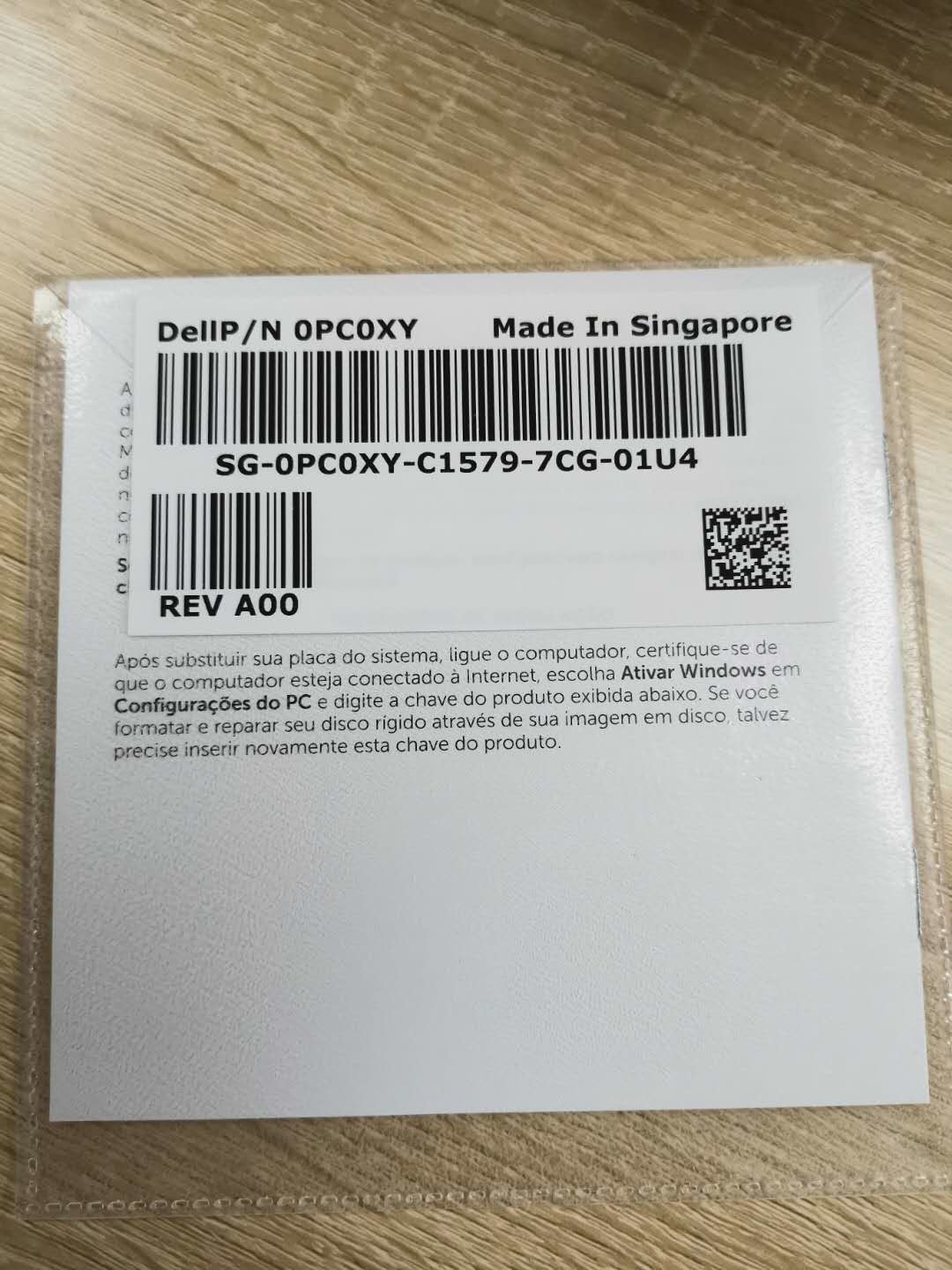

Open the USB drive in parted: sudo parted /dev/sdX In either case, make sure you are making changes to the correct device. Changes made using fdisk can be reverted as long as those changes have not yet been written to the device. Use the command you are more familiar with.Ĭhanges made using parted cannot be reverted because they are executed in real time to the device. I am not, nor is anyone else, responsible for any potential data loss.Įither parted or fdisk can be used to partition the USB drive. Once you figure out the USB drive’s device ID, be sure to unmount it before continuing: sudo umount /dev/sdXĭisclaimer: The following steps will erase everything on your USB drive. On Ubuntu or Debian, run sudo tail -f /var/log/syslog. On Fedora, CentOS, or RHEL, run sudo tail -f /var/log/messages. If not, you can see what device ID is assigned to the USB drive by running df -h or mount or lsblk.Īdditionally, syslog can be monitored to find the device ID. Most modern Linux distributions should automount the USB drive. Next, you need to figure out the device ID of the USB drive.


There are a lot of guides on the web describing how to create a bootable Windows 7 or 10 USB drive in Linux.


 0 kommentar(er)
0 kommentar(er)
